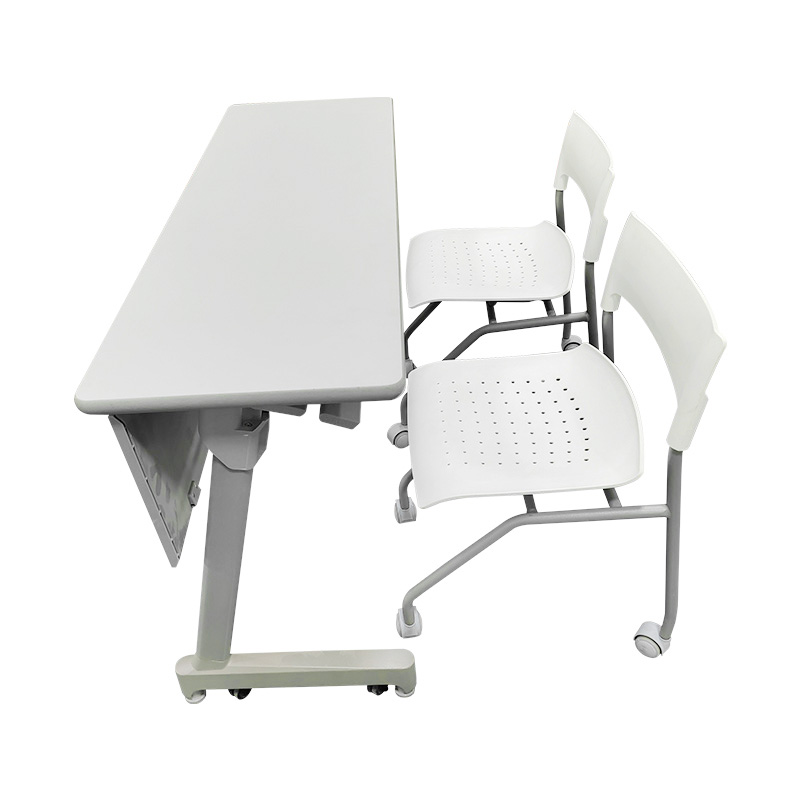
Designing a classroom is more than arranging walls and boards; it is about creating an environment that helps students learn effectively. One of the important elements in this process is selecting the right furniture. Classroom desks and chairs are used every day, and the choice you make has a direct influence on comfort, interaction, and the overall atmosphere of the room. With a wide range of options available, it is worth taking time to think carefully about what works good for both teachers and students.
1. Focus on Comfort and Ergonomics
Students spend many hours sitting in classrooms, so furniture should support healthy posture. Chairs with proper back support and desks that match the right height for students can make a big difference. If students are uncomfortable, their ability to pay attention may decrease. Adjustable desks and chairs are a practical solution for classrooms with mixed age groups, as they allow the same furniture to work for different students.
2. Match Furniture to the Space
The size and layout of the classroom determine which furniture will fit and function well. In a smaller room, compact desks may allow more students to fit comfortably without crowding. Larger classrooms provide opportunities for group tables or modular seating arrangements. Thinking about how students move around the room is equally important, as cluttered spaces can reduce flexibility and limit participation.
3. Durability and Materials
Since classroom desks and chairs are used daily, durability should be a priority. Strong materials like metal frames paired with high-quality wood or plastic surfaces can withstand frequent use. At the same time, maintenance should be simple. Surfaces that are easy to clean save time for teachers and staff while helping maintain a tidy learning environment.
4. Encourage Collaboration
Modern education emphasizes group work, discussions, and interactive learning. Furniture that can be rearranged easily supports these approaches. Lightweight desks or those with wheels make it simple to shift between individual study and group projects. Stackable chairs are also useful when classrooms need to open up space for activities or presentations.
5. Safety Matters
Safety cannot be overlooked when choosing furniture. Rounded corners on desks and stable chair bases reduce the risk of accidents. Desks with built-in storage compartments help keep books and supplies organized, lowering the chance of clutter-related hazards. Ensuring that furniture is sturdy and balanced gives both teachers and parents peace of mind.
6. Appearance and Atmosphere
The style of classroom furniture has an effect on how students feel in their learning space. Bright, coordinated designs can create a sense of energy, while neutral tones can make a room feel calm and focused. Although functionality should come first, considering the look of classroom desks and chairs helps shape a more inviting atmosphere.
7. Balancing Budget and Value
Schools also need to weigh costs. While inexpensive furniture may seem attractive, choosing durable and practical desks and chairs often proves to be a better investment over time. Long-lasting furniture reduces the need for frequent replacements, saving money in the long run.
Selecting the right classroom desks and chairs requires attention to comfort, layout, durability, safety, and cost. Each decision contributes to building a space where students can focus, collaborate, and feel supported. When schools choose furniture thoughtfully, they create an environment that strengthens both learning and classroom community.


 English
English русский
русский Español
Español عربى
عربى
